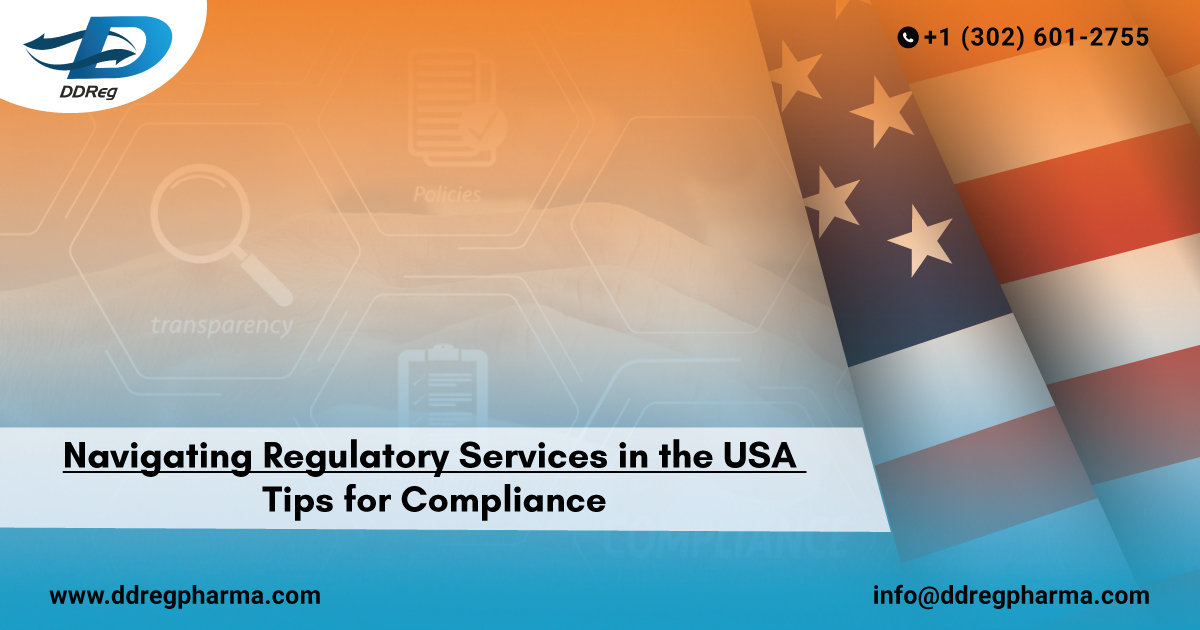In the complex landscape of U.S. regulatory services, compliance is a critical component for businesses aiming to operate effectively and legally. Navigating these regulations can be challenging, but understanding the key principles and strategies can help ensure your business remains compliant. Here are some essential tips for navigating regulatory services in the USA.
1. Understand the Regulatory Environment
The first step in navigating regulatory affairs services is understanding the regulatory environment relevant to your industry. The U.S. regulatory framework consists of federal, state, and local regulations, each with its own set of rules and requirements. Key federal agencies such as the Occupational Safety and Health Administration (OSHA), the Environmental Protection Agency (EPA), and the Food and Drug Administration (FDA) play pivotal roles in enforcing regulations. Familiarize yourself with the agencies that govern your industry to ensure you’re aware of the necessary compliance requirements.
2. Stay Informed and Updated
Regulations are constantly evolving, with new rules and amendments being introduced regularly. Staying informed about these changes is crucial for maintaining compliance. Subscribe to industry newsletters, join relevant professional associations, and follow regulatory affairs agencies on social media to receive timely updates. Additionally, consider hiring a compliance officer or consultant who can monitor regulatory changes and advise on necessary adjustments to your business practices.
3. Conduct Regular Compliance Audits
Regular compliance audits are essential for identifying potential gaps in your compliance processes. These audits should assess your current practices against regulatory strategies requirements and highlight areas that need improvement. Implementing a robust internal audit process can help detect issues early and allow for timely corrective actions. It’s also beneficial to conduct third-party audits periodically for an unbiased assessment of your compliance status.
4. Implement Comprehensive Training Programs
Employee training is a critical aspect of regulatory compliance. Ensure that your staff is well-informed about the regulations that affect their roles and responsibilities. Implement comprehensive training programs that cover the latest regulatory requirements, best practices, and procedures for maintaining compliance. Regular refresher courses and updates are essential to keep employees aware of any changes in regulations.
5. Develop and Maintain Detailed Documentation
Accurate and detailed documentation is a cornerstone of regulatory compliance. Maintain comprehensive records of all compliance-related activities, including training sessions, audits, risk assessments, and corrective actions. Proper documentation not only helps in demonstrating compliance during inspections but also serves as a valuable reference for future audits and assessments. Ensure that all records are organized, easily accessible, and regularly updated.
6. Utilize Technology for Compliance Management
Leverage technology to streamline and enhance your compliance management processes. Compliance management software can help automate tasks such as tracking regulatory changes, managing documentation, and scheduling audits. These tools provide real-time insights into your compliance status and help ensure that you stay on top of regulatory consulting requirements. Investing in the right technology can significantly reduce the administrative burden of compliance management and improve overall efficiency.
7. Engage with Regulatory Authorities
Establishing a proactive relationship with regulatory authorities can be beneficial for your business. Engage with these agencies to seek clarification on regulations, obtain guidance on compliance issues, and stay informed about upcoming changes. Participating in public comment periods for new regulations and attending regulatory workshops and seminars can also provide valuable insights and foster a positive relationship with regulators.
Conclusion
Navigating regulatory services in USA requires a proactive and informed approach. By understanding the regulatory environment, staying updated, conducting regular audits, implementing effective training programs, maintaining detailed documentation, utilizing technology, and engaging with regulatory authorities, your business can achieve and maintain compliance. These strategies not only help avoid potential fines and penalties but also contribute to the overall success and sustainability of your business.




